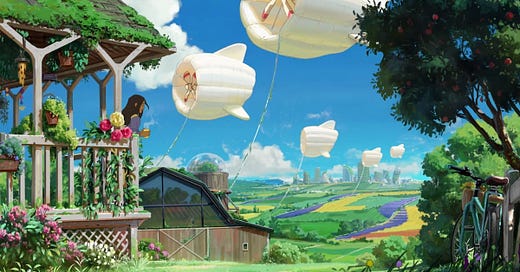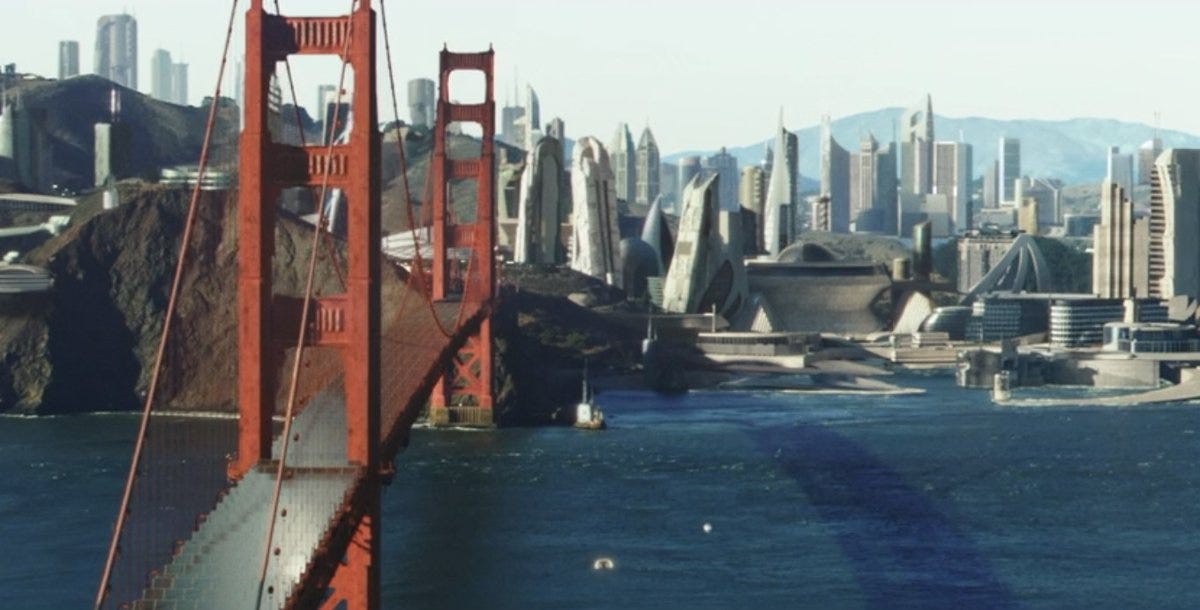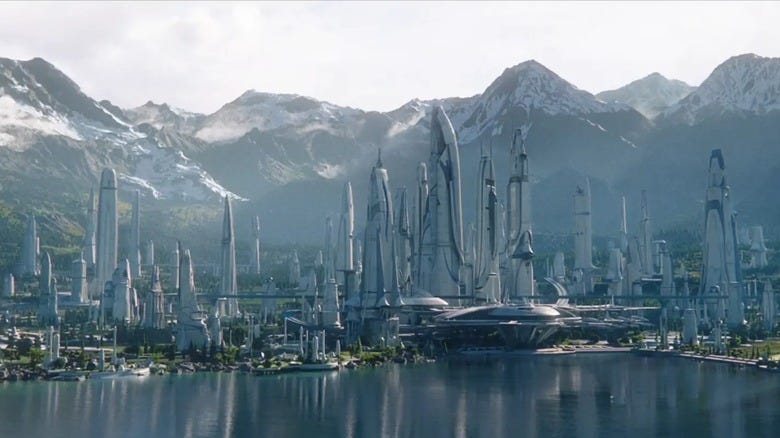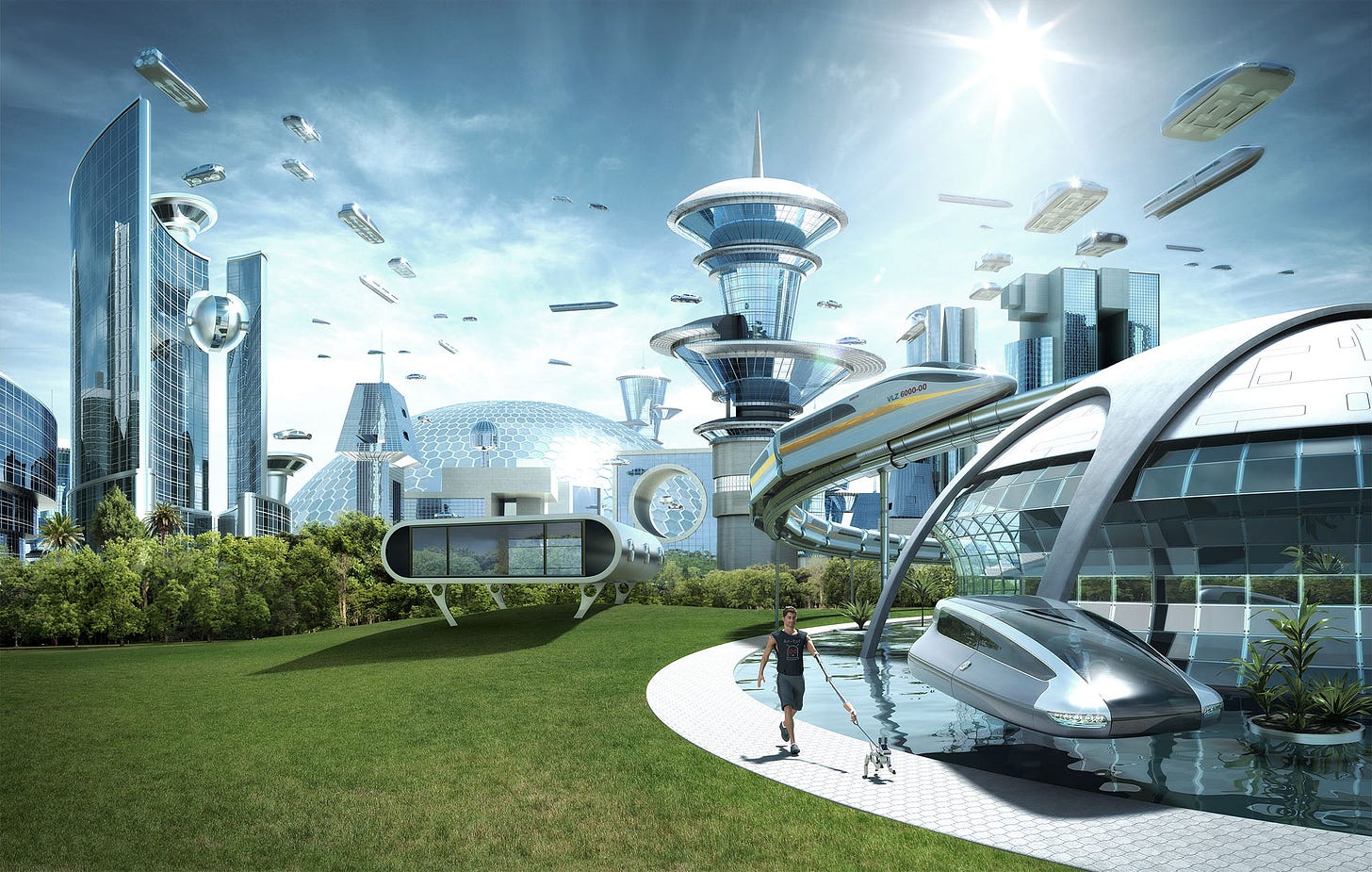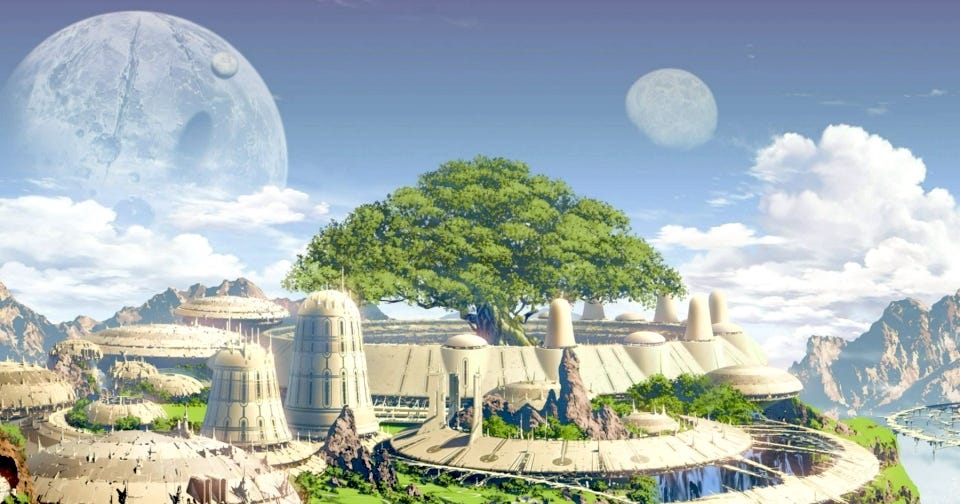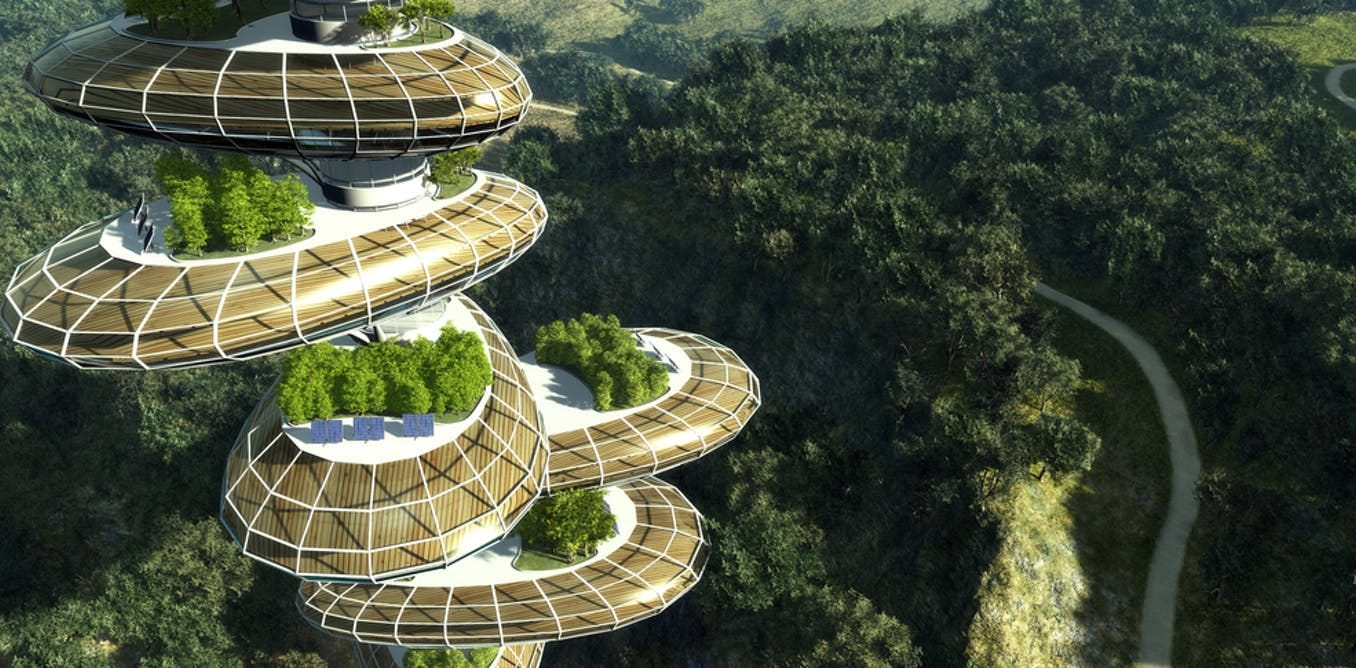☀ Why socialist 'solarpunk' provides a poor vision of the future
Also: 5 Quick Questions for ... science policy analyst Tony Mills on funding the future
In This Issue
The Essay: Why socialist 'solarpunk' provides a poor vision of the future
5QQ: 5 Quick Questions for ... science policy analyst Tony Mills on funding the future
Micro Reads: how we got rich, the true cost of Apollo, a roboticist takes a self-driving car ride, and much more
Quote of the Issue
“Our freedom of choice in a competitive society rests on the fact that, if one person refuses to satisfy our wishes, we can turn to another. But if we face a monopolist we are at his absolute mercy. And an authority directing the whole economic system of the country would be the most powerful monopolist conceivable” - Friedrich Hayek
The Essay
☀ Why socialist 'solarpunk' provides a poor vision of the future
Dutch futurist Frederik Polak wrote decades ago, “Any culture which finds itself in the condition of our present culture, turning aside from its own heritage of positive visions of the future, or actively at work in changing these positive visions into negative ones, has no future.”
Or as I like to paraphrase, “Without a positive vision of the future, we have no future.”
And keeping with that belief, one which helps animate Faster Please!, I’ve been trying to consistently include positive visions in this newsletter — speculative Up Wing images of what a better tomorrow could look like with a techno-solutionist economy and culture. Star Trek is a good source, especially when our heroes occasionally return to future Earth (mid-23rd century for Star Trek: The Original Series to the late 24th century of Star Trek: Picard) for a visit to San Francisco-based Starfleet Headquarters.
A recent favorite image of mine is the capital city of the planet Alderaan, featured in the new Disney+ series Obi-Wan Kenobi. (Of course, the Death Star made sure this city and planet had no future.)
And when I’m really in a hurry for an image, there’s always this social-media classic:
A clean, green future
What all these images have in common, in addition to their mostly blue-green-white palette, is that they present a future clearly richer and more technologically advanced. These are futures that to me suggest vast abundance built on extremely rapid and sustained economic growth. These are futures where humanity started “digging superdeep holes for unlimited geothermal energy, pushing hard on nuclear fusion, vacuuming carbon from the sky, extending the maximum human healthspan, and fully embracing the potential of a thriving orbital economy,” as I recently wrote.
Look, whatever the dodgy economics of various incarnations of Star Trek, in particular, these are images of what I imagine happens when you get warp-speed techno-capitalism. I guarantee that in the world of that final image, Elon Musk is considered as important a historical figure as Leonardo DaVinci, Thomas Edison, or Henry Ford. Maybe more so if Tesla and SpaceX prove instrumental to electrifying the US economy and creating a multiplanetary human civilization.
Here comes the sun
But if you Google search “future cities,” you’ll also find a completely different vision of the future. The following three images are some of my favorite examples of “solarpunk.” It’s a science fiction genre that, as the excellent TVTropes site puts it, “focuses on craftsmanship, community, and technology powered by renewable energy, wrapped up in a coating of Art Nouveau blended with African and Asian aesthetics.” It’s what emerges when an eco-pessimist gets tired of being pessimistic but still hates capitalism and needs to tweet about it on a fully charged iPhone. So a different kind of Up Wing optimism, I guess.
Having come across these solarpunk images repeatedly since I’ve been writing this newsletter, I got to thinking about what sort of political economy solarpunk enthusiasts think might actually create a world of whimsical balloon windmills, adobe mega villages, and impossibly tall treehouses. (This is also the sort of future imagined by the Smithsonian Institution’s “Futures” exhibit that I’ve written about.) How would we get from “dystopian late capitalism” right here to a “utopian socialist solarpunk” over there? What would be the mechanism, exactly?
Keep reading with a 7-day free trial
Subscribe to Faster, Please! to keep reading this post and get 7 days of free access to the full post archives.

